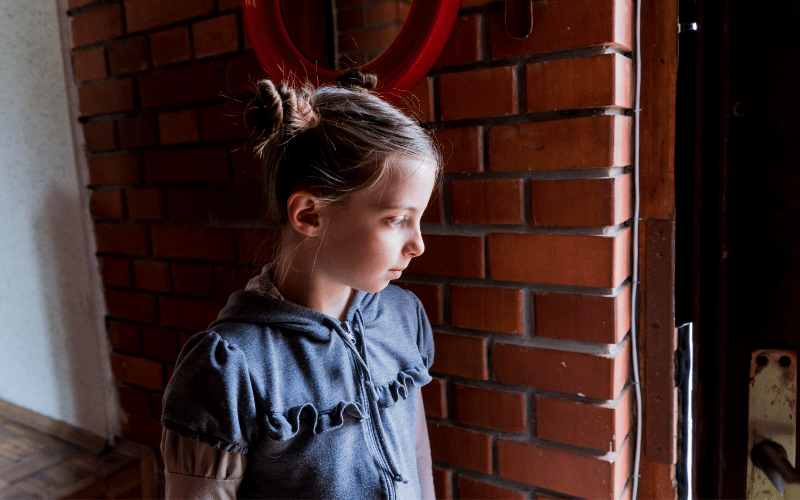Introduction: The Painful Reality of Childhood Migraines
Childhood migraines are a serious concern that often goes unnoticed, affecting countless children worldwide. The key to managing this painful condition lies in recognizing the symptoms and providing effective relief. In this comprehensive guide, we’ll explore the ins and outs of childhood migraines, delving into the telltale signs, prevention strategies, and valuable treatments that can help bring comfort to those affected.

Identifying the Signs: The Many Faces of Childhood Migraines
The Classic Symptoms: Pain, Sensitivity, and More
Migraines in children can manifest in various ways. Common symptoms include:
- Intense, throbbing headache – usually on one side of the head
- Sensitivity to light and sound
- Nausea and vomiting
- Fatigue and irritability
Unique Childhood Symptoms: Recognizing the Subtler Clues
Children often exhibit unique migraine symptoms that differ from those of adults. These can include:
- Abdominal pain
- Dizziness and vertigo
- Mood swings
- Trouble concentrating
Triggers and Prevention: Dodging the Migraine Bullet
Common Migraine Triggers: What to Watch Out For
Several factors can contribute to the onset of childhood migraines, such as:
- Stress and anxiety
- Lack of sleep or irregular sleep patterns
- Dehydration
- Skipping meals
- Exposure to bright lights, loud noises, or strong smells
- Hormonal changes, especially during puberty
Preventive Measures: Keeping Migraines at Bay
To minimize the risk of childhood migraines, consider these strategies:
- Establish a regular sleep schedule
- Encourage a balanced diet and proper hydration
- Create a calming environment
- Teach stress management techniques
- Monitor and avoid known triggers
Treatment Options: Easing the Pain of Childhood Migraines
Over-the-Counter Remedies: Quick and Easy Relief
Some over-the-counter medications can help alleviate migraine symptoms:
- Ibuprofen
- Acetaminophen
- Naproxen
Always consult a healthcare professional before administering medication to a child.
Prescription Medications: Potent Migraine Fighters
If over-the-counter options are insufficient, a doctor may prescribe medications specifically designed for migraines, such as:
- Triptans
- Ergotamine derivatives
- Anti-nausea medications
Alternative Therapies: Complementary Approaches to Relief
Non-pharmaceutical treatments can also be effective in managing migraines:
- Acupuncture
- Biofeedback
- Relaxation techniques
- Cognitive-behavioral therapy
Coping Strategies: Empowering Kids to Manage Their Migraines
Communication is Key: Encouraging Open Dialogue
It’s essential for children to feel comfortable discussing their migraines with parents, teachers, and healthcare providers. Encourage kids to express their feelings and keep a migraine diary to track symptoms, triggers, and treatments.
Building a Support Network: The Power of Togetherness
Connecting with others experiencing similar challenges can be invaluable for children with migraines. Support groups, online forums, and local meetups can provide a sense of belonging and understanding.
Conclusion: The Journey to Relief from Childhood Migraines
Understanding and addressing childhood migraines is crucial for the wellbeing of those affected. By recognizing symptoms, identifying triggers, and implementing effective treatments and prevention strategies, we can empower children to take control of their condition and ultimately find relief. As parents, caregivers, and healthcare providers, it’s our responsibility to ensure that children are equipped with the tools and support they need to manage their migraines and lead fulfilling, pain-free lives.